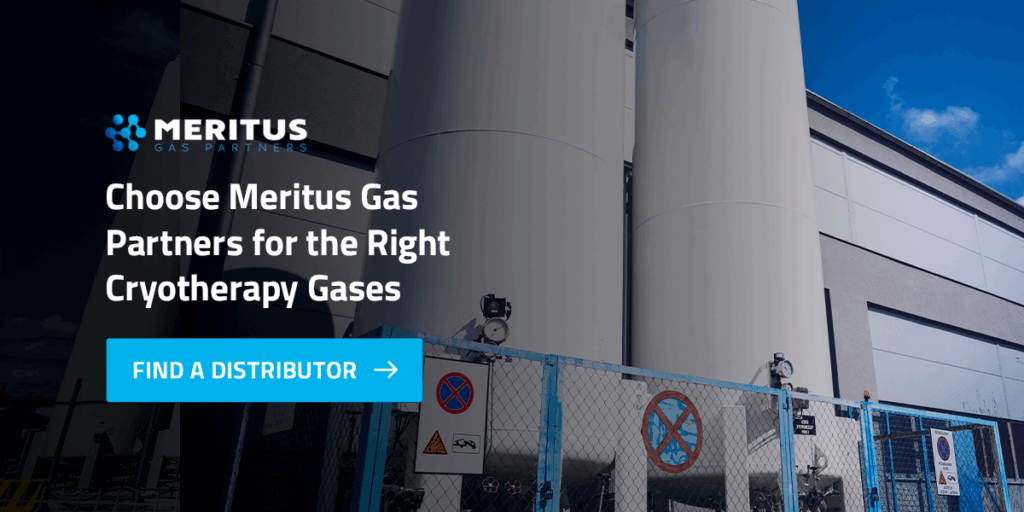
Cryotherapy refers to the therapeutic application of extreme cold, and it has gained widespread recognition for its effectiveness in treating various medical conditions and promoting overall well-being. The key to successful cryotherapy lies in using the appropriate cryogenic gas.
Cryotherapy involves using sub-zero temperatures to freeze and eliminate damaged or diseased tissues. It is widely used in medical treatments such as cryosurgery for cancer, including cervical, prostate and liver cancer, and in therapeutic settings for skin conditions like warts or skin tags. The versatility of cryotherapy makes it a preferred solution for healthcare providers treating both external and internal conditions.
The choice of gas for cryotherapy depends on the specific application and desired temperature. Here are some of the most frequently used gases.
Liquid nitrogen is one of the most commonly used gases in cryotherapy, thanks to its ability to reach extremely low temperatures. It is ideal for treating external skin issues and internal tumors through cryoablation. Nitrogen gas is inert, non-flammable and odorless, making it safe for various applications.
Nitrous oxide is vital in cryosurgery, especially in treating warts, skin cancers and cervical conditions. It creates a freezing effect by expanding through a cryosurgical probe, effectively destroying abnormal cells with minimal impact on surrounding tissue.
Liquid carbon dioxide is also used in cryotherapy, particularly when a less hazardous option is preferred over nitrous oxide. It offers increased safety in medical environments, although its lower cooling capacity may require longer treatment times.
Cryotherapy promotes faster healing by destroying damaged cells and stimulating new, healthy tissue growth. It is often used for cosmetic reasons, such as removing skin lesions, in addition to treating medical conditions. Athletes also frequently turn to cryotherapy for muscle recovery. Cold temperatures reduce inflammation, ease muscle soreness and promote faster recovery times.
While it is generally safe, cryotherapy can cause mild side effects like redness, blistering and soreness in the treated areas. These effects are usually short-lived, but patients should consult their healthcare providers if discomfort persists or signs of an infection, such as pus, are present.
When purchasing cryotherapy gases, it is essential to choose a reliable supplier with expertise in handling these specialized gases. Meritus Gas Partners is a trusted provider of cryotherapy gases, including nitrogen, nitrous oxide and liquid CO2.
Selecting the appropriate cryogenic gas is vital for ensuring the effectiveness and safety of cryotherapy treatments. Meritus Gas Partners offers high-purity and quality cryotherapy gases to meet the stringent requirements of medical and therapeutic applications.
We offer reliable and timely delivery to your location, and our team provides valuable advice on selecting the gas that best suits your specific needs. Contact one of our trusted partners today to find the best solution for your cryotherapy practice.
